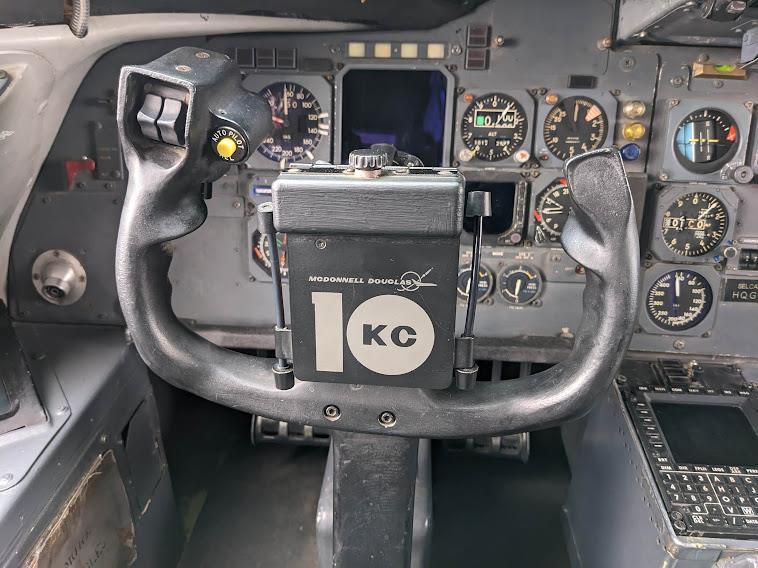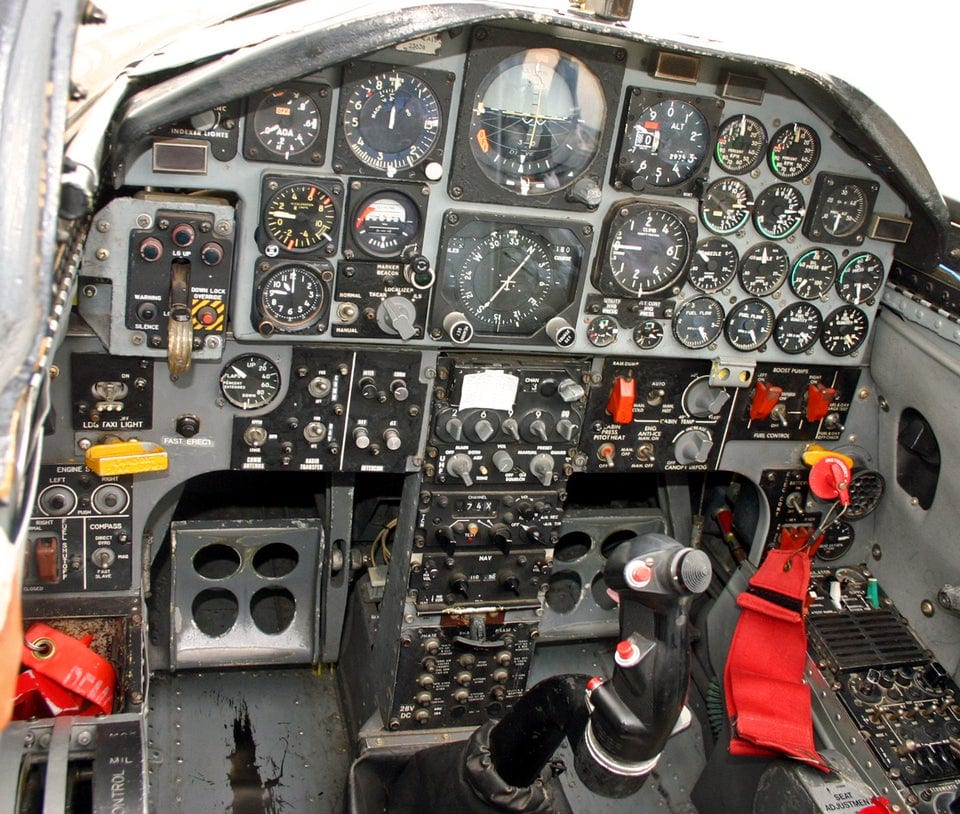To me, that would also include private jets of various sizes, which are also, at least in my mind "passenger planes".
I have VERY limited flight experience. I've flown (but not landed, though I've watched it land many times and what was done) a Cirrus single engine prop plane and been in the co-pilot seat for many hours in a Citation Mustang small twin-engined jet, which I've also flown, but not landed (with our pilot in the other seat of course). Both of these are pretty simple planes to fly, both had glass cockpits and the Cirrus has a "joystick" sort of arrangement.
With these planes there are "prompts" about things like speed based on altitude and angle of approach that guide you. I'm not sure if that's the case for large commercial craft or not because I've never been in the cockpit of one but I think that's something to keep in mind when we are having these discussions that there are various levels of automation and prompting depending on the type of plane and its cockpit configuration.
I remember flying once one Southwest (maybe 2012) where I saw the cockpit door open and saw tons of dials everywhere. Must have been one of the oldest planes in their fleet and about ready to be retired. I'm wondering what help a pilot in the back who had only flown with glass cockpits would have been. I understand that handling the yoke is probably the easiest part.





